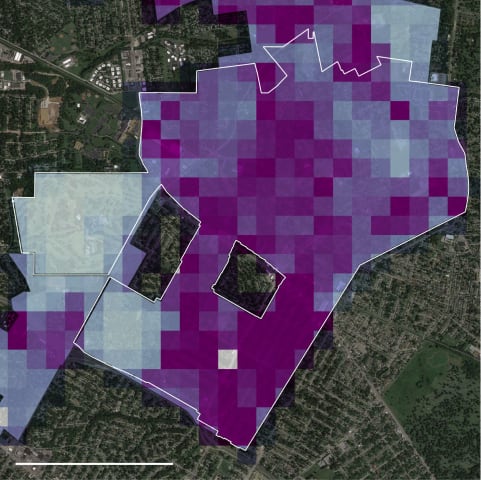Incidente 76: El reconocimiento facial en vivo rastrea a niños sospechosos de ser delincuentes
Entidades
Ver todas las entidadesClasificaciones de la Taxonomía CSETv1
Detalles de la TaxonomíaIncident Number
76
Clasificaciones de la Taxonomía CSETv0
Detalles de la TaxonomíaProblem Nature
Specification, Robustness
Physical System
Software only, Other:CCTV Cameras
Level of Autonomy
Medium
Nature of End User
Amateur
Public Sector Deployment
Yes
Data Inputs
photo IDs, names birthdays, and national IDs of people suspected of crimes, camera feed
Risk Subdomain
2.1. Compromise of privacy by obtaining, leaking or correctly inferring sensitive information
Risk Domain
- Privacy & Security
Entity
AI
Timing
Post-deployment
Intent
Intentional
Informes del Incidente
Cronología de Informes

En una base de datos nacional en Argentina, decenas de miles de entradas detallan los nombres, cumpleaños y documentos de identidad de personas sospechosas de delitos. La base de datos, conocida como Consulta Nacional de Rebeldías y Captura…
Variantes
Incidentes Similares
Did our AI mess up? Flag the unrelated incidents

Predictive Policing Biases of PredPol

Northpointe Risk Models
Incidentes Similares
Did our AI mess up? Flag the unrelated incidents

Predictive Policing Biases of PredPol


